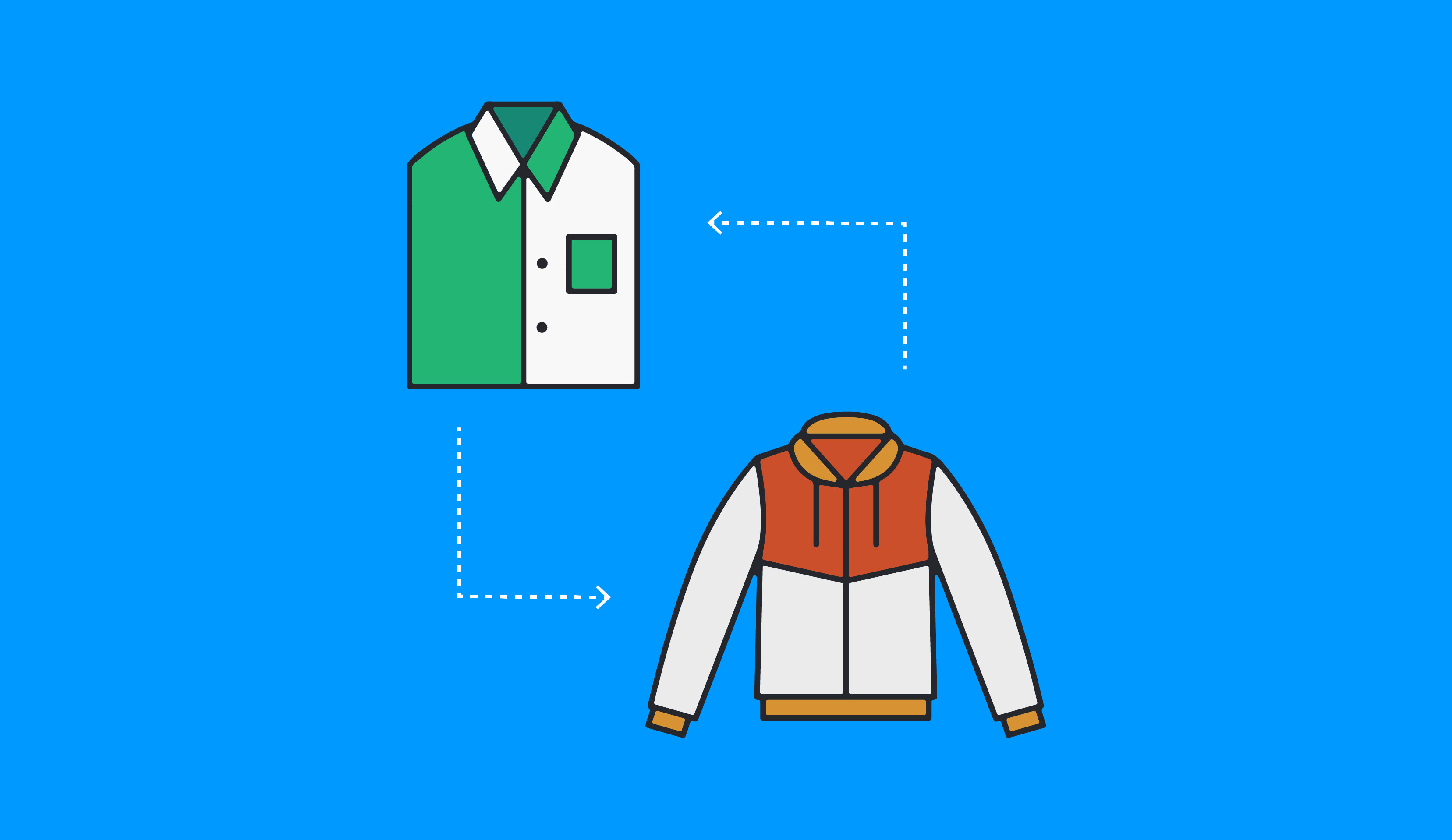Wouldn’t it be great if all of the shoppers on your website checked out instead of just virtually window shopping? Of course, but there are several factors that get in the way from pricing to inconvenient shipping policies. What’s the best way to turn around conversion rates and boost traffic overall?
There are many steps that can improve conversion rates and this article will go over the top three: how shoppers are getting to your site, what products you offer, and how they are priced. All three factors are essential to getting the conversion rates you deserve.
Get Shoppers to Your Site
The first step to improving conversion rates is getting shoppers to your site. While this might sound like a no-brainer, it’s actually more complex than you’d think. Online retailers have different ways of accomplishing this, but many focus on improving search rankings and using paid advertising. One way to make sure that your store ranks well is to rewrite each product description so that it includes keywords that the manufacturer wouldn’t have thought of. The same goes for meta descriptions for your product pages. Craft them to be unique and search engine friendly.
Social media is a great way to build community and it can also be useful for your bottom line. Promote your store and even individual products--both organically and with paid advertising on social media sites.
Have What They Want
Once shoppers get to your site, the next step is to have what they want. Going to a store is no fun when it is out of your favorite brand or, even worse, doesn’t carry it at all. What can retailers do to avoid this? I’ve got one word for you: data. It can be your best friend or worst enemy, depending if you use it properly.
Inventory management is key to ecommerce success and competitive analysis is a big part of that. Becoming a one-stop-shop for consumers is possible with data from competitors. Yes, you read that correctly: your competitor’s inventory is incredibly important for your conversions. That’s because in online retail, if you don’t have everything a shopper is looking for, it’s easy for them to click over to another retailer that does have it all. More than 3/4 of shoppers will go elsewhere if they can’t find a product they want on a retailer’s website.
Performing a gap analysis will give you insight into what products you have in common with top competitors and which products you should start carrying. At the very least, you should carry the products that competitors have. The best thing would be to also have exclusive products that no one else has. Then you will have much more control over the pricing for those items and the profit you gain from selling them.
Why Pricing Matters
For items that aren’t exclusive, data is again the main way to keep up. Your prices don’t exist on their own in outer space. Shoppers are using comparison shopping engines and even checking different websites on their own. That means that your pricing must be fair in comparison to the other ones they are bound to find. Being the lowest price isn’t always the best option, but being profitable in every transaction never goes out of style. Knowing your competitors’ pricing in real time and repricing based on it (in addition to time of day, traffic, and stock levels and many other factors) is called dynamic pricing. It is the pricing strategy that Amazon and Wal-Mart have used to pick up extra profit when possible and remain competitive around the clock.
In order to finish the cycle and get shoppers to become customers, they must like the prices enough to checkout. Even if you aren’t the lowest price, there are always other ways to add extra value in order to justify premium pricing. For example, shoppers love free shipping. Get their goods to their doorstep for no added cost and your revenue will thank you.


